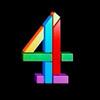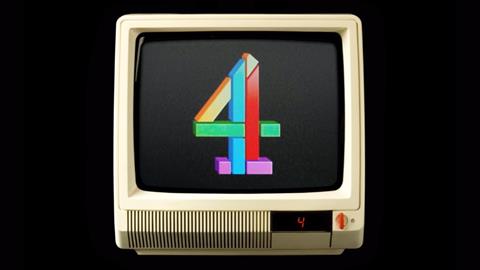Television Channel
Professional
Channels and Networks

Before Channel 4 and S4C, Britain had three terrestrial television services: BBC1, BBC2, and ITV. The Broadcasting Act 1980 began the process of adding a fourth; Channel 4 was formally created, along with its Welsh counterpart (S4C), by an Act of Parliament in 1982. After some months of test broadcasts, it began scheduled transmissions on Tuesday 2 November 1982.
Since its launch Channel 4 has used the same iconic logo which consists of a stylised numeral 4 made up of nine differently shaped blocks. The logo was designed by Martin Lambie-Nairn and his brother Robinson and was the first channel in the UK to depict an ident made using advanced computer generation (the first electronically generated ident was on BBC Two in 1979, but this was two-dimensional). It was designed in conjunction with Bo Gehring Aviation of Los Angeles and originally depicted the 4 in red, yellow, green, blue and purple.
The first voice heard on Channel 4's opening day was that of continuity announcer Paul Coia who said:
Good afternoon. It's a pleasure to be able to say to you, welcome to Channel Four.
Following the announcement, the channel headed into a montage of clips from its programmes set to the station's signature tune, Fourscore, written by David Dundas, which would form the basis of the station's jingles for its first decade. The first programme to air on the channel was the teatime game show Countdown, at 16:45.
On its first day, Channel 4 also broadcast the soap opera Brookside, which often ran storylines thought to be controversial the series ran until 2003.
At its launch, Channel 4 committed itself to providing an alternative to the existing channels, an agenda in part set out by its remit which required the provision of programming to minority groups.
In step with its remit, the channel became well received both by minority groups and the arts and cultural worlds during this period, especially under founding chief executive Jeremy Isaacs, where the channel gained a reputation for programmes on the contemporary arts.
To learn more about Channel 4 click and explore any of the media channels and network links in the tool-bar above.



